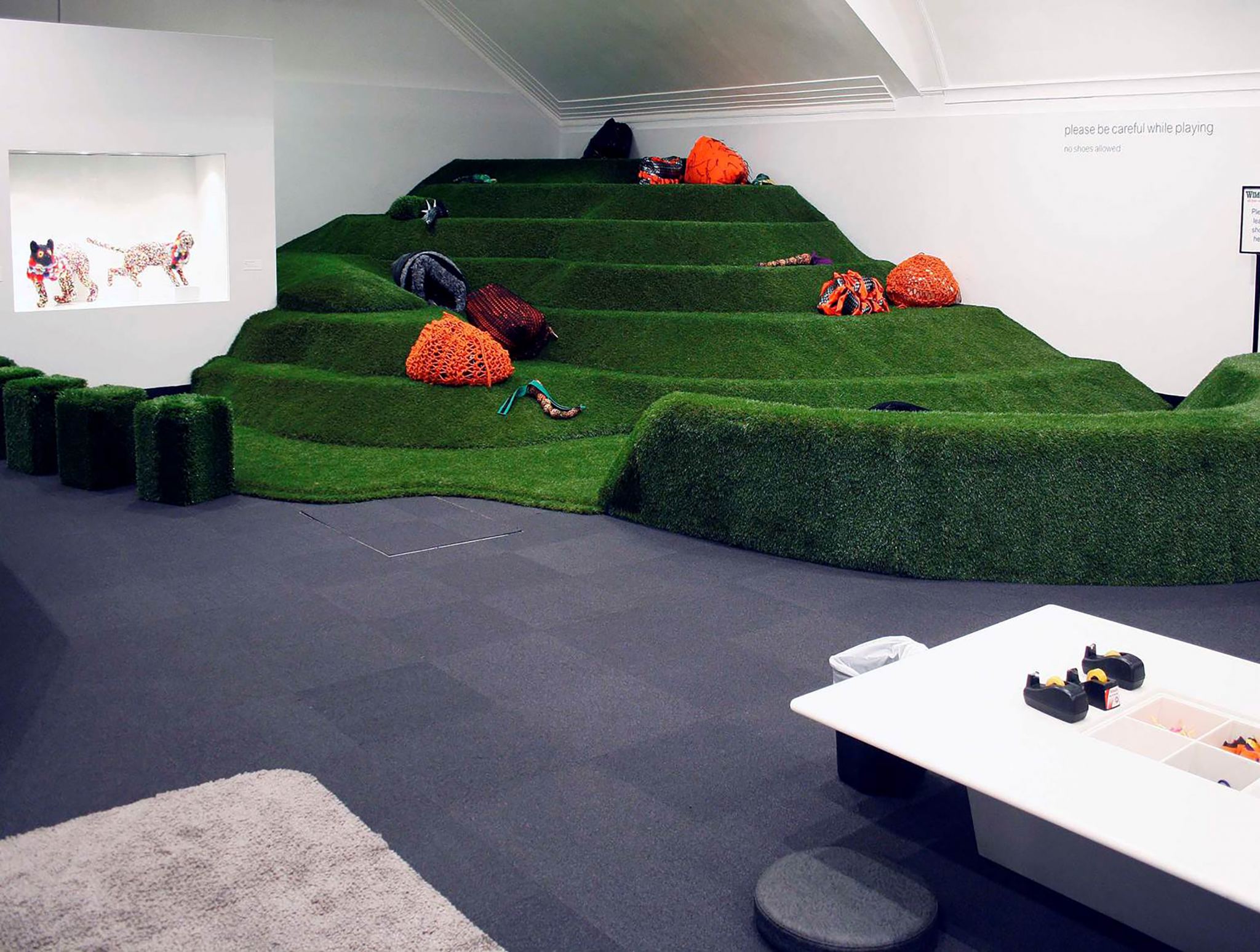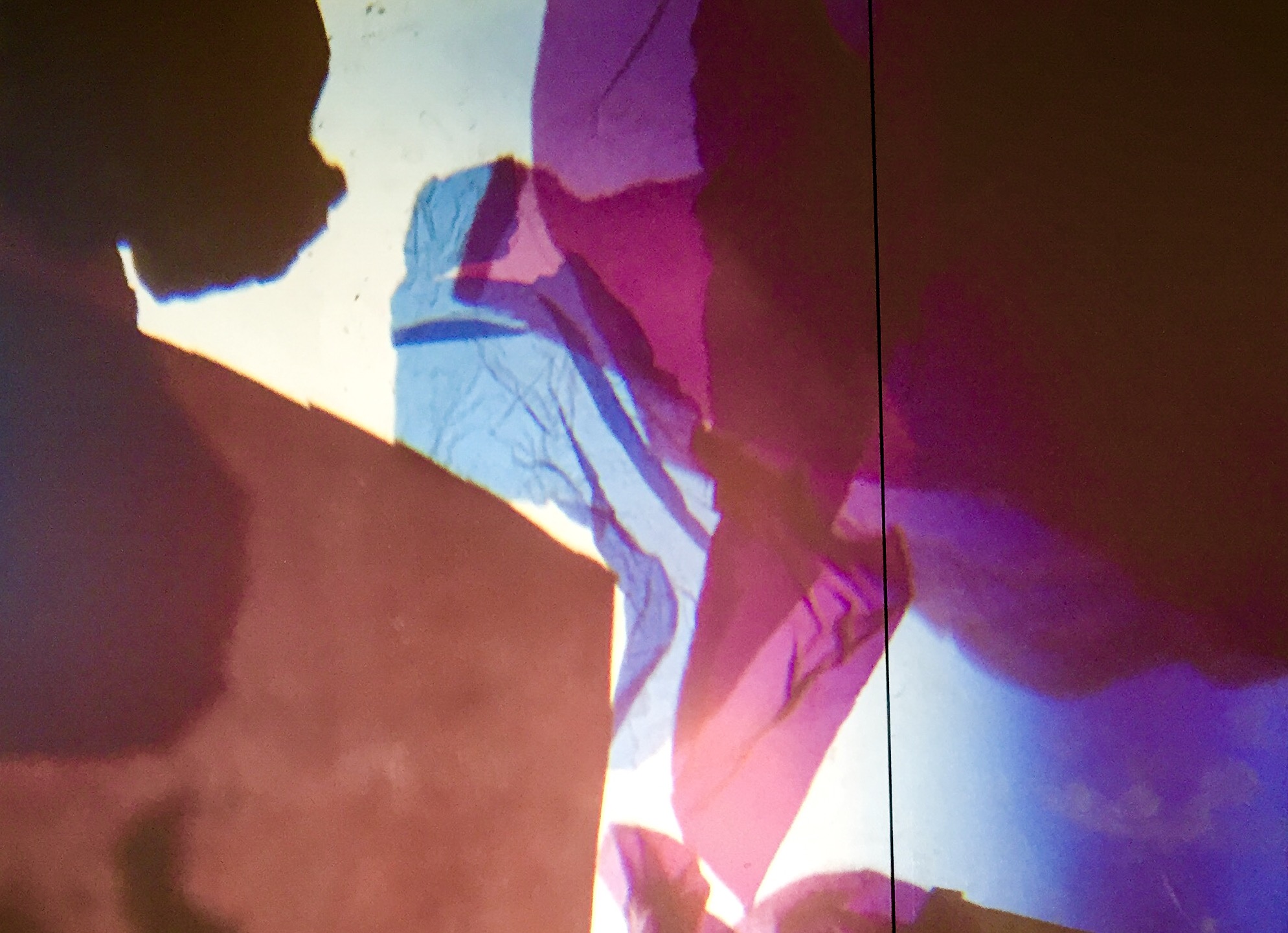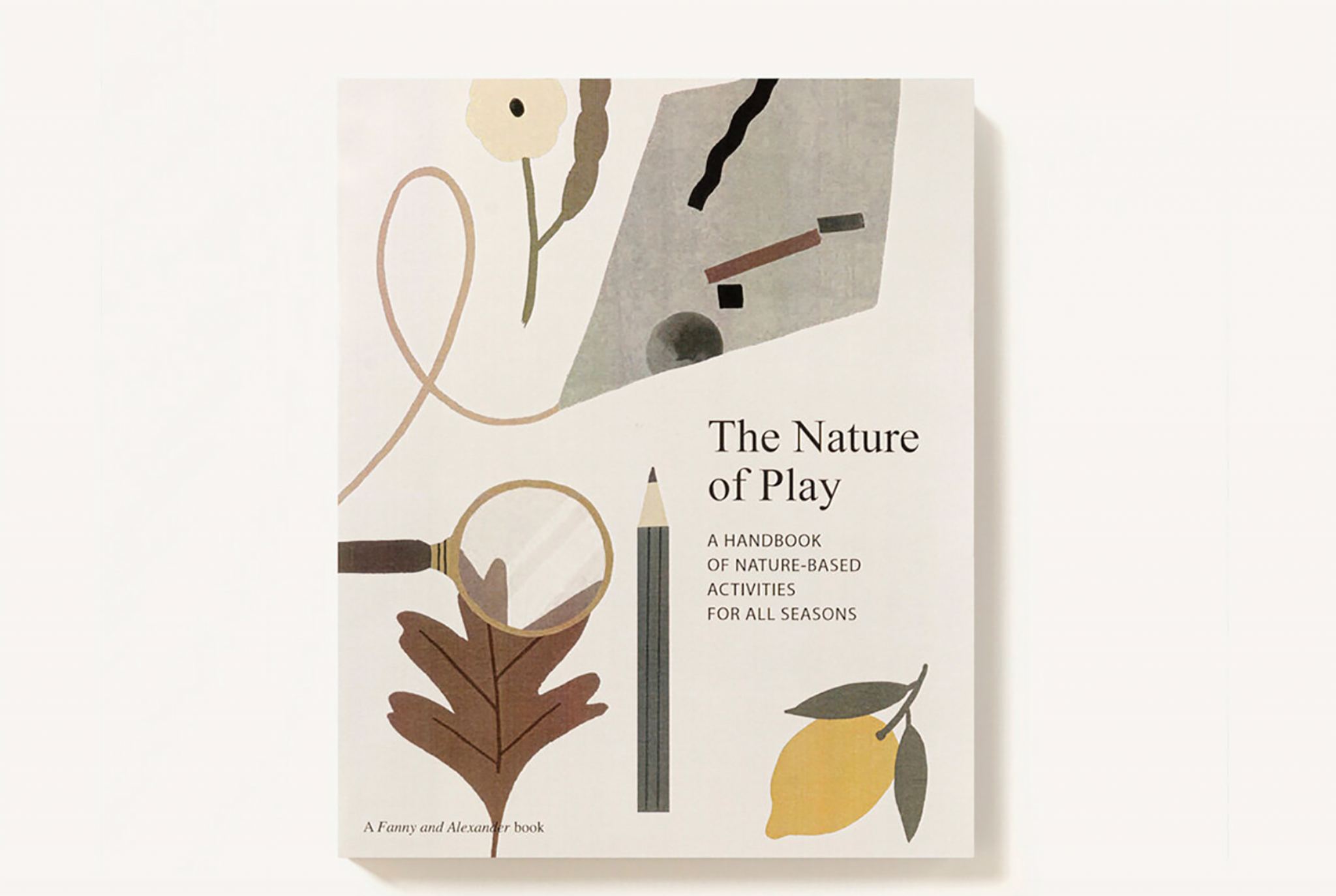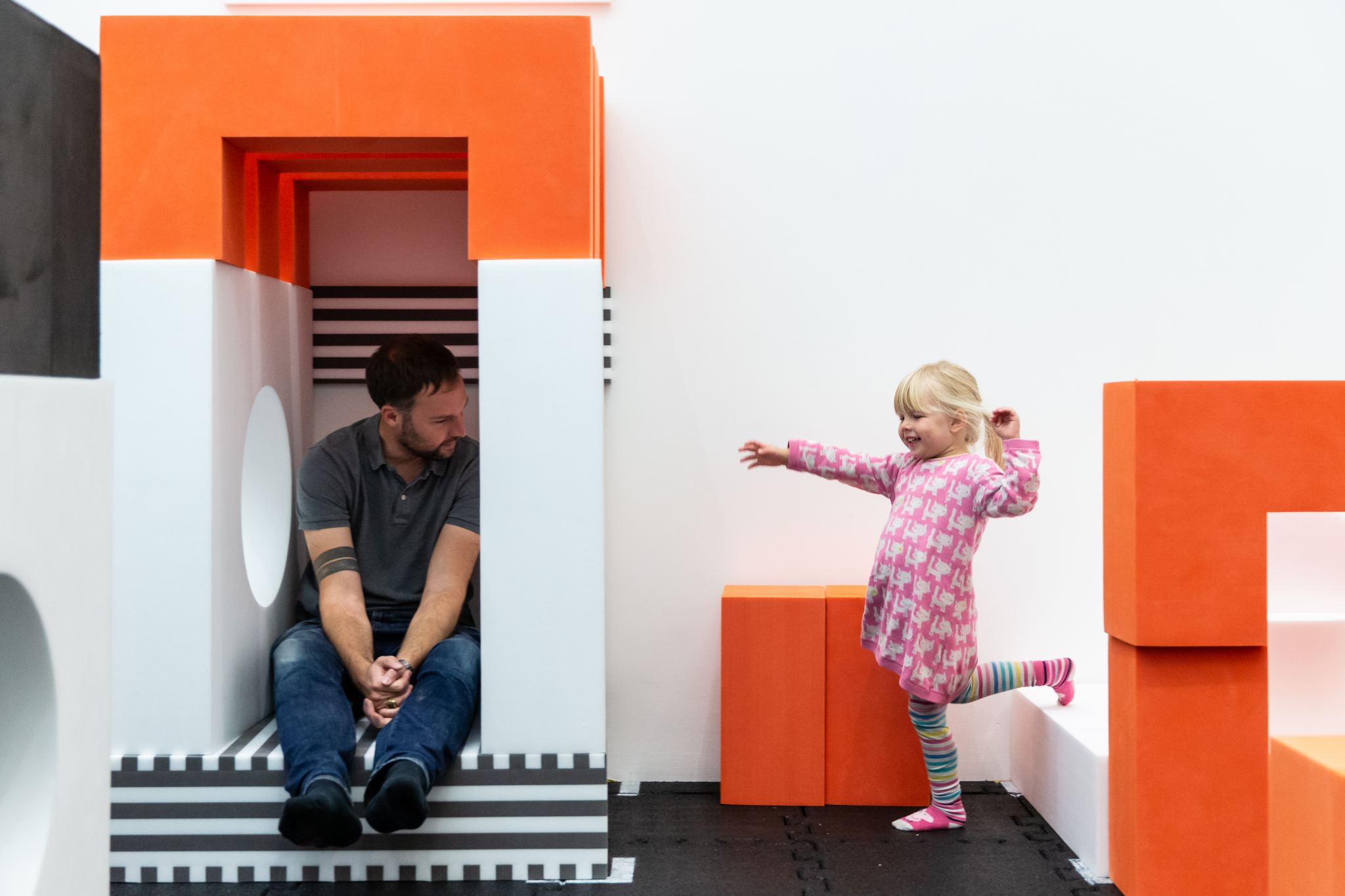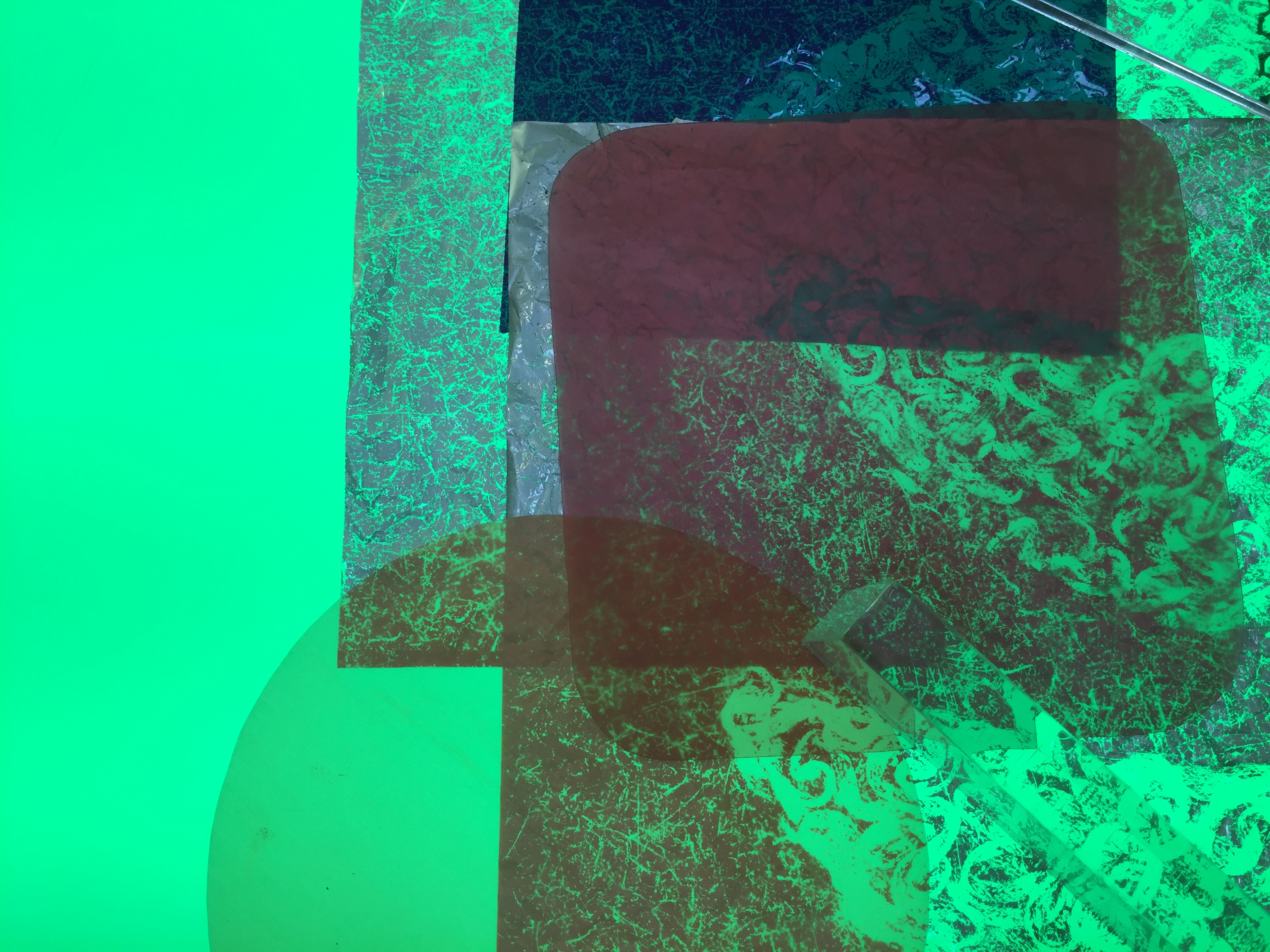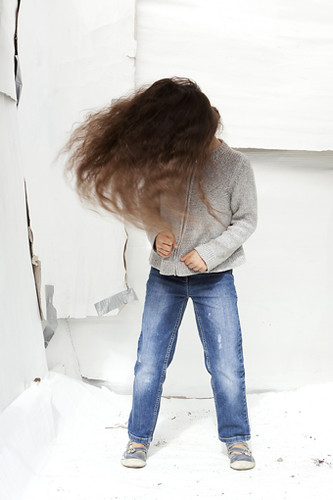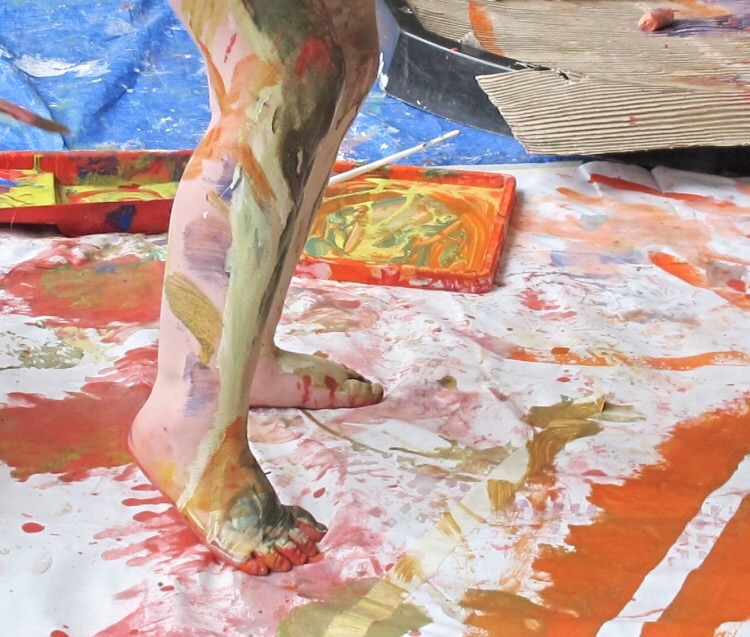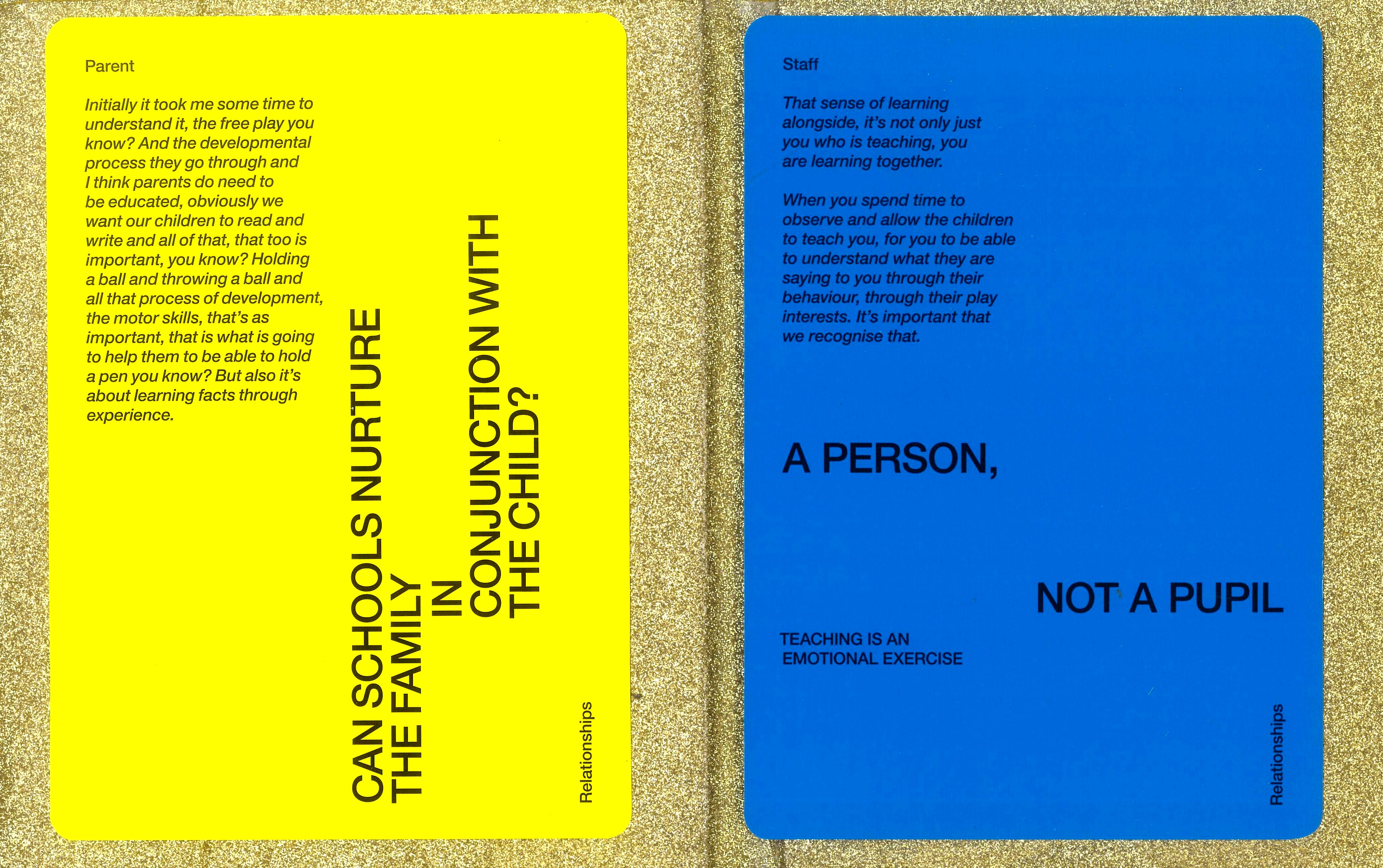This post features the children’s exhibition program at the Ipswich Art Gallery, Australia. From 2011-2015 I worked as a children’s curator at the Ipswich Art Gallery in Queensland, Australia. The Ipswich Art Gallery is a special place for children’s creative learning with a well established program for young children and their families. The city of Ipswich is home to a very diverse and predominantly low socio-economic community. The art gallery is currently one of the most visited in regional Australia. In my travels around the world, I have never come across anything quite like it. Over the past 15 years, the Ipswich Art Gallery has developed and presented over 40 in-house children’s exhibitions. The children’s program is informed by a set of guiding principles that include: Children’s exhibitions are curated for children not adults and Learning begins with creative play. The Children’s Gallery is open daily from 10am-5pm with almost all activities being…
What is the role of materials in children’s learning through art?
This post discusses the possibilities of materials and material play in children’s learning through art. I draw on the theories of loose parts and new materialism to argue that materials play an active and participatory role in opening-up children’s divergent thinking and inquiry-led learning. Why do materials matter? Materials and material exploration have long been a part of artistic inquiry. Since Frobel’s development of the kindergarten in the late 1700’s, they have also held an important place in early childhood settings. In the 1970’s Simon Nicholson presented the theory of loose parts – the proposition that young children’s creative empowerment comes from the presence of open-ended materials that can be constructed, manipulated and transformed through self-directed play. It is fair to say that material content, including artworks and art materials, hold tremendous possibilities for facilitating children’s inquiry-led learning in new and divergent ways. I consider materials to be one of multiple…
The Nature of Play book review
In our busy and digital-driven world, many children have little opportunity to engage in everyday play in nature. Recent research has also illustrated that technology is significantly affecting how children think and focus their attention, with some screen-based games significantly restricting the use of imagination and creativity. The Nature of Play: A Handbook of Nature-Based Activities for all Seasons offers a remedy to this dilemma. The book features 44 play activities for children and adults in gardens, forests and city parks throughout the four seasons. For example, the Spring section of the book features activities such as ‘Get to know a tree’ and ‘plan a picnic.’ The Winter section then offers more indoor play prompts such as ‘build your own marble run’ and ‘rainy day games.’ Other activities include: Make your own pinhole camera using a recycled Pringles tubeCreative a beautiful seasonal mobile using objects collected from nature Construct a sand volcano…
Play Rebellion at BALTIC Centre for Contemporary Art
This post shares BALTIC Centre for Contemporary Art’s latest play exhibition, ‘Play Rebellion.’ The show is an interactive installation collaboratively developed with artist Pippa Hale. Image: Play Rebellion at BALTIC Centre for Contemporary Art. Picture by Pippa Hale Opportunities for people to engage in play have declined in recent years as a result of a shift in school curriculum priorities and a rise in risk-averse attitudes. In response to the decline in creative play, BALTIC Centre for Contemporary Art have teamed up with artist Pippa Hale to present Play Rebellion. The show is an interactive exhibition for people of all ages where visitors can transform the gallery space using large foam shapes. These shapes can be arranged in a myriad of ways, encouraging visitors to use their creativity and experience the gallery in an embodied way. By doing so, visitors can take back ownership of their playtime and play spaces……
The importance of woodwork in the early years
This post features a review of Peter Moorhouse’s book ‘Learning Through Woodwork’ – a wonderful publication for practitioners that outlines the importance of woodwork in the early years. Image credit: Peter Moorhouse Back when I was attending kindergarten, in early 1990’s regional Australia, the only cross-cuts saws and drills in use were imaginary ones that I would get out to cut off the boys’ arms. A lot has changed since those days and woodwork – as a creative activity for children to learn – has witnessed an exciting resurgence in preschools around the world. Peter Moorhouse’s recent book‘Learning Through Woodwork: Introducing Creative Woodwork in the Early Years’is a fantastic practical guide for teachers and practitioners working in early years’ settings. Peter is a real-life, professional sculptor who also has 25 years’ experience working as an art educator in schools and kindergartens. In this book, he shares his expert knowledge and tips…
3 tips for scaffolding children’s play with materials
Children’s play with materials is important as it allows them to think and learn in different ways. As a child’s creativity is always limited by what they do and do not know, scaffolding can open up new opportunities for more complex learning over time. Scaffolding is a term that was first coined by Vygotsky (1978) who described the process as something that allows children to move their current level of understandings to a more advanced one. This process helps children to undertake activities that they usually would not be able to without the help of others. Teachers and parents often do a lot of scaffolding in children’s lives. They teach children how to brush their teeth, share with others and read. Children’s peers, technology and information resource like a YouTube video can also scaffold children’s learning in different ways. Scaffolding is important in children’s play with materials as it allows…
How to teach creative movement to children
Dance is an important part of both early childhood education and visual art. This post talks about why creative movement is important in children’s learning and introduces the work of Rudolf Laban, one of the pioneers of dance education. Dance in education and art In tribal societies, where no formal education existed, dance was used to tell stories and educate children. Like other art forms, it has also provided a means for people to come to terms with and express difficult feelings that could not be communicated through words. Dance is also a very important part of contemporary art with many major art museums staging specialized performances like you can see in the video below of Tate’s ‘If Tate Modern was Musée de la danse?’ https://www.youtube.com/watch?v=SaYSTQGDK7s Why is creative movement important in children’s learning? Anyone who has spent time with children will know that kids love to move and jump around.…
How to use demonstrations to support creativity
This post explores ‘demonstrating’ as a technique for facilitating children’s learning with and through art in museums.
Serpentine Galleries’ Play as Radical Practice toolkit
This post looks at Serpentine Galleries’ ‘Play as Radical Practice’ toolkit, a creative resource produced between the Gallery’s learning team, artist Albert Potrony and the Portman Early Childhood Centre (UK).


